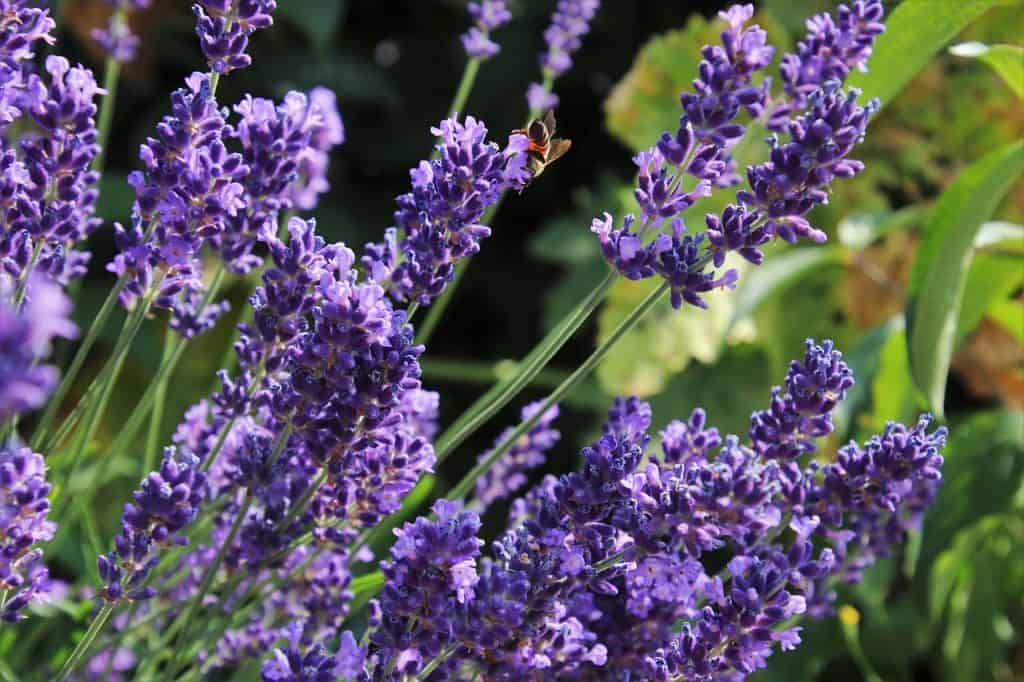Lavender is very popular in Polish gardens because of its beautiful appearance and pleasant smell. Dried lavender has many beneficial properties. How to grow lavender in your garden?
Lavender is one of the most popular plants in the world. Its beneficial properties are used in herbal medicine, perfume production, food and cosmetics. The origin of this plant is the Mediterranean area, already in antiquity, the Romans and Greeks admired it. It is thermophilic, although it can adapt to the climate prevailing in Poland. Thus, it is perfect as an ornamental plant in the garden or a decorative pot.

There are more than 30 species and 300 varieties of this plant. However, only a few types are used in gardening. The most popular species of lavender grown in Poland are:
The most commonly cultivated in Poland due to its frost resistance. It grows up to 50 cm high and blooms in July and August.
>> See also: Herb garden step bystep
It is cultivated most often in pots because it does not tolerate frost well. In the Polish climate it reaches 50 cm of height, in the Mediterranean it grows up to 100 cm. The inflorescence of this variety looks like flowering spikes, which are available in colors:
It blooms in late May and June and in sunny autumn.
Popular in Poland, a cross between English and French lavender. The characteristic feature of this variety are flower heads resembling spikes. Blooms from June to October. It grows up to 100 cm high. It overwinters in the ground but it should be covered for winter.
Also called lavender or fragrant lavender, is an evergreen shrub native to the Mediterranean. It blooms during the holiday season and is a melliferous plant. It grows to a height of 60 to 90 cm.
Lavender grows best in a sunny and windless position. It needs regular watering, but the soil should not be waterlogged and should have proper drainage, for example from expanded clay. The soil should be alkaline. Lavender does not tolerate acid reaction.
Care of perennial lavender consists mainly of repotting the plants to a new location. The safe time for this procedure is early spring or early autumn. The whole root ball should be transplanted into a properly prepared hole. Pruning lavender should be done in early spring or late autumn – after the flowers have flowered.
Lavender grown in a pot needs regular watering. Be careful not to over water it (it can rot from excess water). It copes well with temporary drought (on hot days it should be watered in the evening). In autumn it should be fertilized with compound fertilizers or compost.
Lavender will look beautiful if it is regularly pruned after flowering. Therefore, in spring remove frozen and damaged shoots.
Lavender has many medicinal properties:
Other uses of lavender: